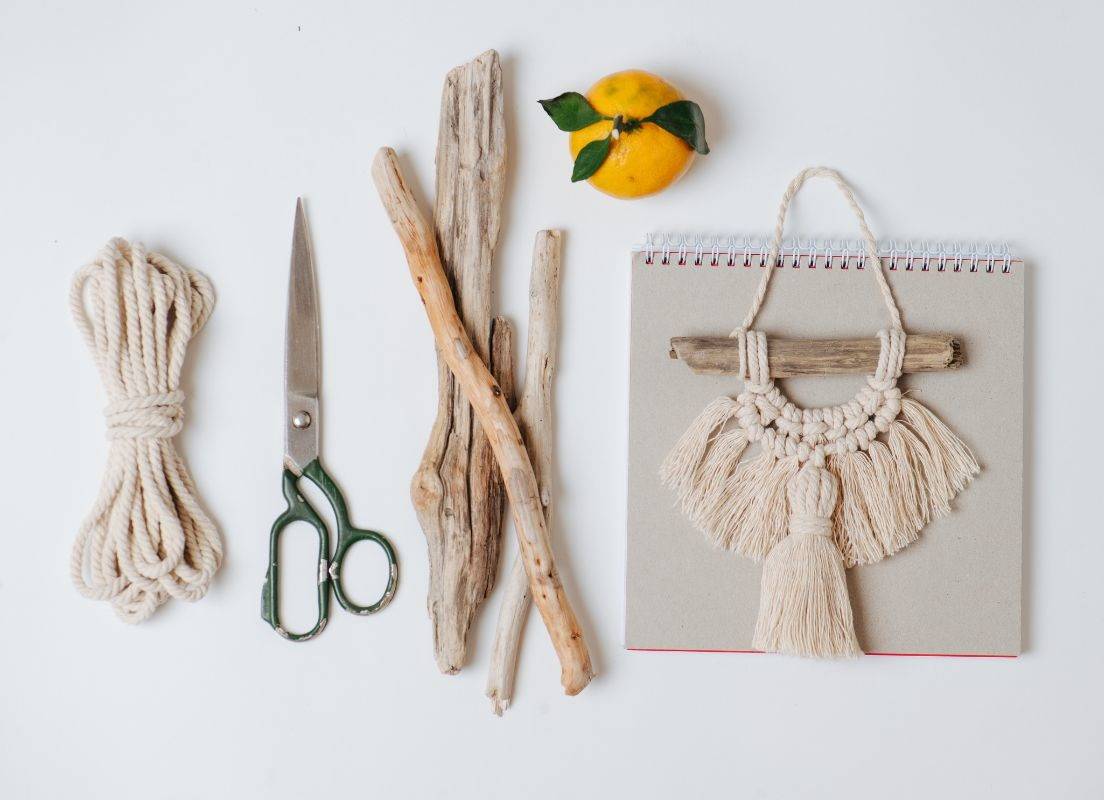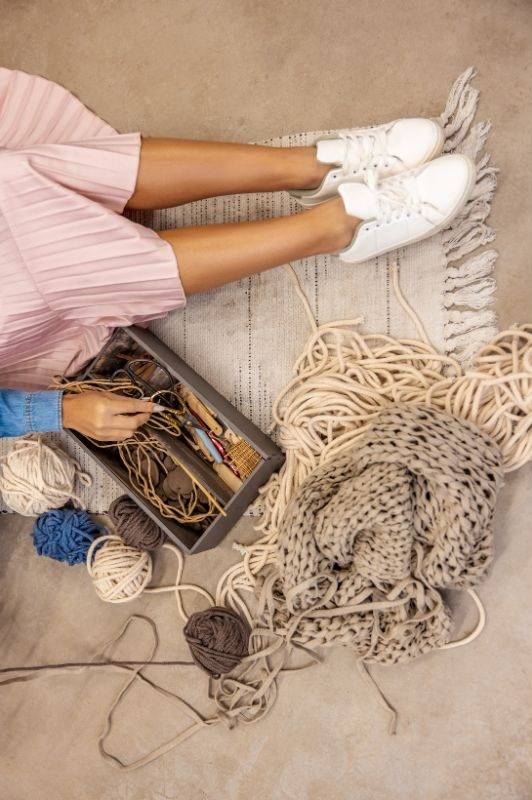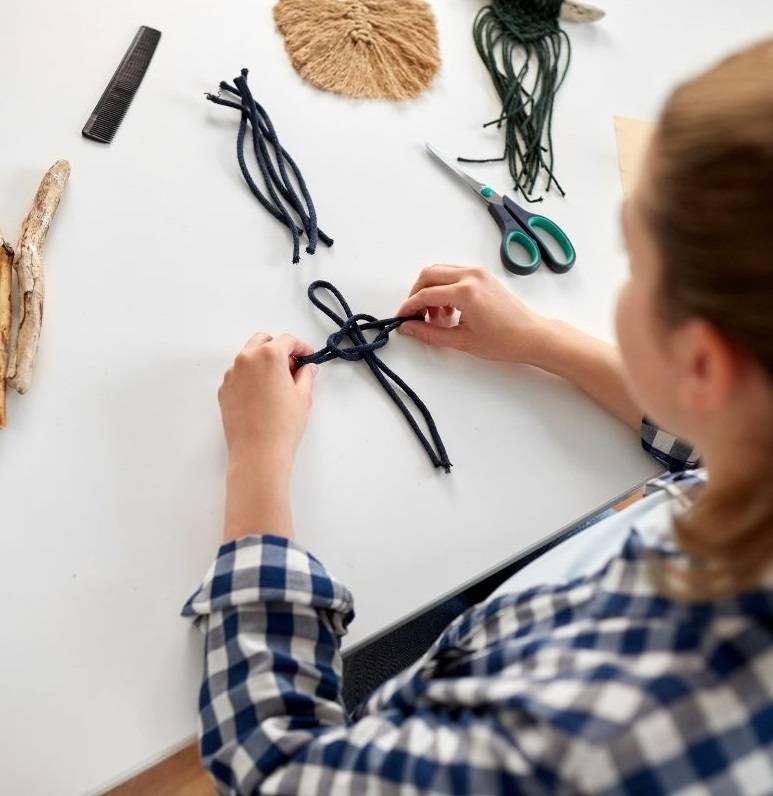Macrame Tools: A Complete Guide to What You Need to Get Started
From Cords to Finishing Touches, Everything That Supports a Better Macrame Project

Innovation & Quality
Developing and supplying premium-quality, sustainably grown, consumer products
100% Natural
Organically Grown and Ethically Sourced
hemp and other natural fiber products
Shipping
We offer fast shipping
Your order out within 1-3 days
Wholesale
Visit our wholesale portal to register or login to your account
Macrame Starts with Quality Cord: Meet Hemptique
Tools for Macrame You’ll Actually Use
Macrame Rope
No macrame project happens without cord. It’s the foundation of every knot, fringe and loop. While some crafters use jute, twine, or yarn, macrame rope is specially spun to hold structure and unravel neatly when needed. The best ropes are made from cotton or bamboo, offering both grip and softness.
Macrame Board
T-Pins or Sewing Pins
Scissors
Measuring Tape or Ruler
Wooden Dowels and Natural Branches
Metal or Wooden Rings
Beads

Comb or Brush
Fabric Glue or Fray Check (Optional)
Storage Caddy or Project Bin (Optional)
Additional Tools for Specialized Projects

How to Choose Tools for Macrame
Start by Identifying Your Project Type
- Are you creating flat wall hangings or three-dimensional items like bags and plant hangers?
- 2. Do you work at a table or prefer to hang your pieces vertically?
- Will you need to add embellishments like beads or rings?
- Do you care about brushed finishes or clean-cut ends?
Prioritize Tools Based on Use, Not Trend

Sharp, dedicated scissors
Measuring tape or ruler
Macrame board or hanging surface (like a dowel and S-hooks)
T-pins or clips for stability
High-quality cord or rope (ideally hemp, cotton or bamboo)
- • Wooden rings or dowels for structure
- • Beads for accents or texture
- • Cord comb or fringe brush for finishing
- Storage bin or cord organizer
Pay Attention to Tool Quality
- Scissors with a fine point and clean slicing edge to prevent cord fraying
- T-pins made from stainless steel, which won’t rust or bend with thicker cords
- Cords made with natural fibers like cotton or bamboo that hold tension without slipping and brush out neatly
Match Cord Type to the Tool Setup
- Cotton cord brushes easily and holds shape, great for structured boards and tight pins
- Bamboo cord is softer and more fluid, ideal for hand-held work or suspended setups
- Thick cords may need larger dowels or wide-eye beading tools
- Thin cords are more forgiving with needle threading or smaller pin surfaces

